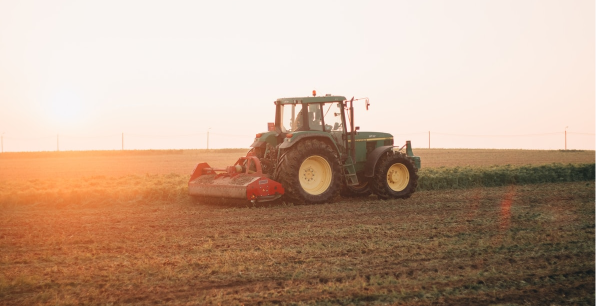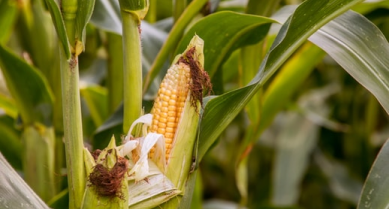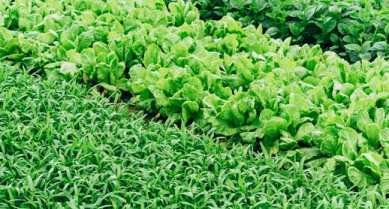Using Data to Increase Agricultural Productivity
Richard Tiffin
Chief Scientific Officer
Professor of Applied Economics at Reading University
We are all increasingly familiar with the challenges which face the food system and in particular the need to massively increase the amount of food that is available to consumers over the next 20 years. At the moment, UK Agriculture is, to be frank, not really doing its bit. Productivity growth in the UK is falling behind that of our major competitors.
It is also apparent that our toolbox is becoming rather dated in tackling this challenge. The number of active chemicals available to us is reducing rapidly, we are potentially approaching the limit of ability to improve the genetic potential of our crops and livestock through conventional breeding and the size of machines that we use currently is having a worrying impact on the soil.
These conventional methods of improving productivity are a bit one dimensional. They are what might be termed hammer and nail approaches. A problem or potential improvement is identified, and we hammer away at it until we can go no further. Sometimes hammering at one nail causes a problem somewhere else, for example increasing yields by using artificial fertilisers may be leading to reductions in the inherent fertility of the soil. When situations like this arise we sometimes just hammer harder on the first nail and hope that it solves the problems we are causing elsewhere.
As we get closer and closer to the limits of this strategy negative feedback loops like this are increasingly likely because of the food system is so complex. Perhaps the time has come to embrace this and to begin thinking about where this complexity hides positive feedbacks which we can use to our advantage.
Understanding complexity is hard, but massive increases in the volumes of data that we have available to us can help us. By using artificial intelligence and sophisticated statistics we can identify patterns in data which will reveal the type of insight that is necessary to continue raising productivity whilst increasing resilience and sustainability.
The problem is that, unlike many industries, agri-food data is all over the place. Before we can start identifying where the next green revolution is going to come from we have got to start organising our data. This is where Agrimetrics comes in. Nobody expects this to just happen. Data is sensitive stuff, and it is valuable. Our goal is to unlock the value in data so that everyone benefits, and nobody feels aggrieved. This means that businesses that supply data into the system retain control of who uses it and how, and that they receive a share of the value that is generated by it becoming more widely available.
This is not going to happen overnight. We need to build trust and demonstrate the value in data sharing. We can do this by making data that is already available easier to use, by entering into commercial partnerships that allow us to add value to other data and by encouraging other businesses to exploit the value in data that they already hold by linking it across the business. It’s a journey, but it’s one that we can’t avoid if we are to get the productivity machine moving again.
Other articles that might interest you

AI identifies crops from space with 90% accuracy
Agrimetrics launches CropLens AI, a proprietary algorithm that identifies crop types from space.

ClearSky: Cloud free satellite data for agriculture
ClearSky's artificial intelligence removes a major barrier to the efficacy of satellite

ClearSky: Cloud free satellite data for agriculture
ClearSky's artificial intelligence removes a major barrier to the efficacy of satellite

Agrimetrics partners with Airbus to reduce cost
Crop Analytics, a crop and field analytics package from Airbus, is now available at a new, lower price.



